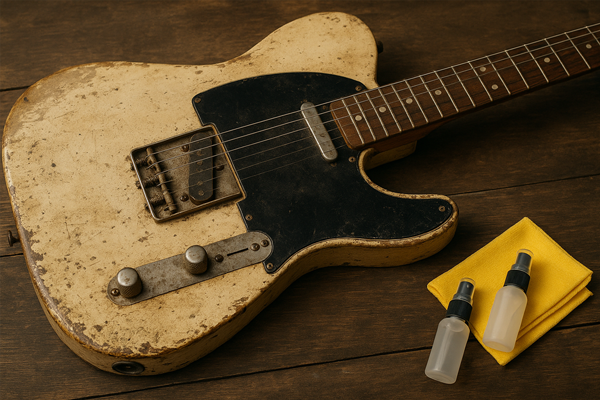Power Chords 101 Rock’s Two-Note Shapes
Power chords are the backbone of rock music, and mastering them opens the door to countless songs across genres from punk to metal to alternative rock. Unlike full chords that use three or more notes, power chords use just two notes—the root and the fifth—creating a bold, driving sound that cuts through distortion beautifully. This collection focuses on the essential power chord shapes every beginning guitarist needs to know, starting with open positions and progressing to moveable shapes that will serve you for years to come. These nine fundamental power chords give you the foundation to play hundreds of rock songs while building the finger strength and fret-hand coordination essential for your guitar journey.
Ready to customize Guitar Assistant for your skill-level and personal preferences?
